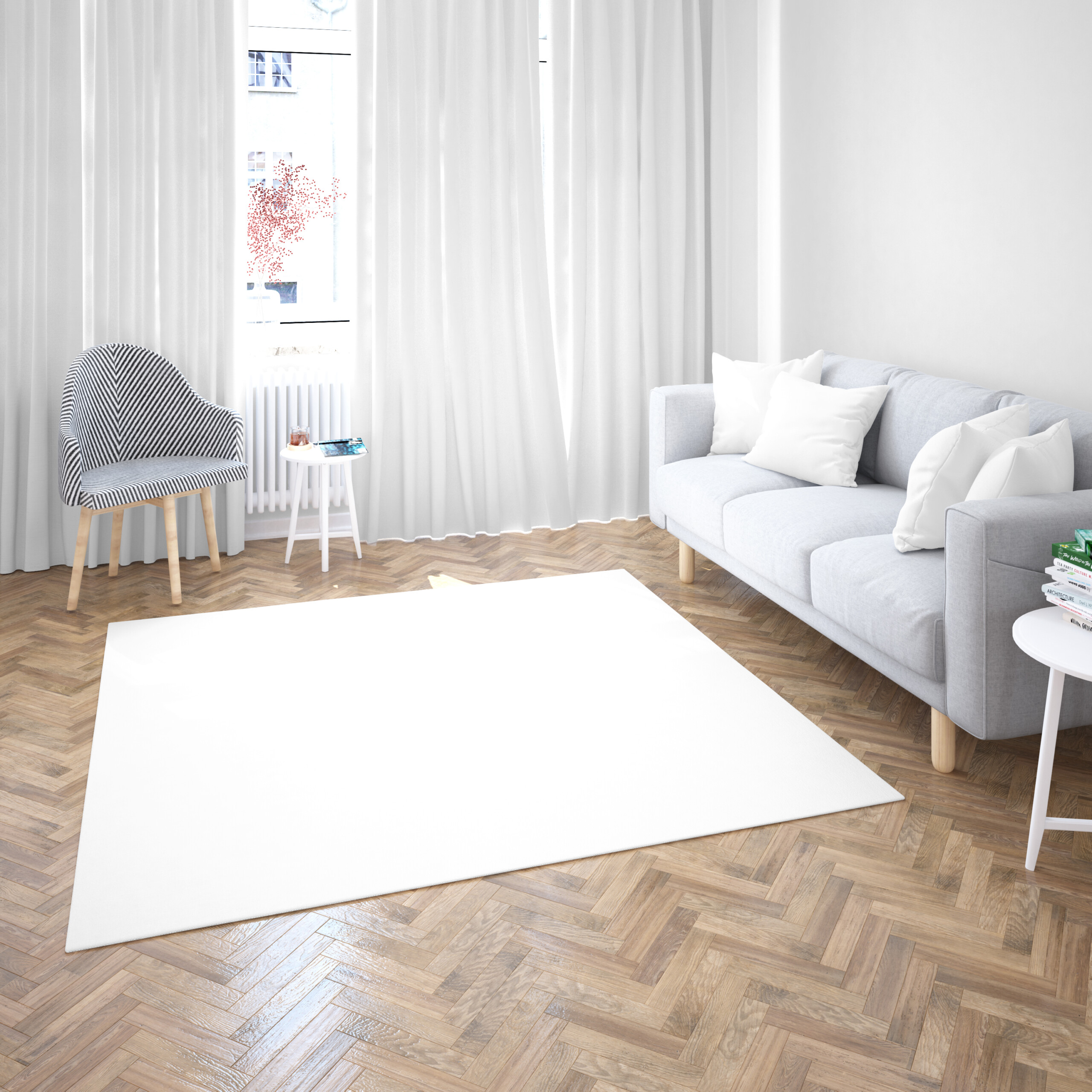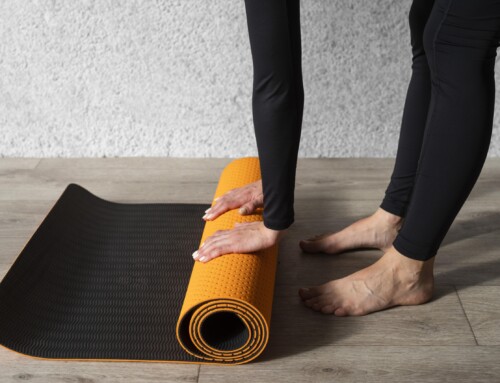
Natural rubber, the milky-white fluid obtained from rubber trees in the form of latex, is generally considered safe for skin contact due to its non-toxic nature; however, it’s important to note that some individuals may have latex allergies, which can lead to adverse reactions upon exposure to natural rubber products. The primary producers of natural rubber include India, Brazil, Malaysia, Indonesia, and Sri Lanka, where latex extraction plays a significant role in the rubber industry. This elastomeric material, derived naturally from latex, is often preferred for various applications, including toddler products, owing to its durability and non-toxic properties.
While natural rubber is generally safe, it’s crucial to consider potential risks associated with certain rubber products, particularly those used indoors. For instance, floor mats made from rubber can pose risks if they contain volatile organic compounds (VOCs). These compounds, commonly found in low-quality or inexpensive rubber mats, have the potential to emit toxic chemicals that can contribute to indoor air pollution.
Therefore, when selecting rubber-based products such as floor mats, it’s essential to choose high-quality options that meet safety standards and have minimal VOC emissions. This precaution is especially important in environments where indoor air quality is a concern, such as homes, schools, and healthcare facilities.
Manufacturers play a significant role in ensuring the safety of rubber products by adhering to strict quality control measures and using materials that minimize potential health risks. Additionally, consumers can take proactive steps to mitigate exposure to harmful substances by opting for eco-friendly, certified products and regularly ventilating indoor spaces to reduce VOC concentrations.
Furthermore, for individuals with latex allergies, it’s crucial to be mindful of the materials used in products they come into contact with, including gloves, medical equipment, and household items. Alternative materials, such as synthetic rubbers or latex-free products, can be viable options to avoid allergic reactions.
In conclusion, while natural rubber is generally safe for skin and offers numerous benefits, including durability and non-toxicity, potential risks associated with certain rubber products, such as VOC emissions in floor mats, highlight the importance of informed decision-making and adherence to safety guidelines in product selection and usage.

